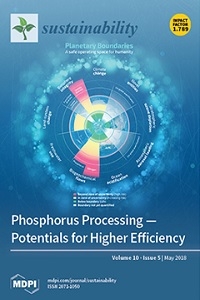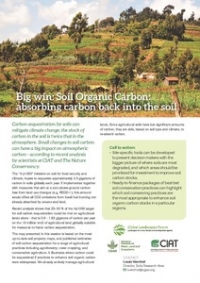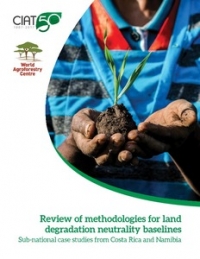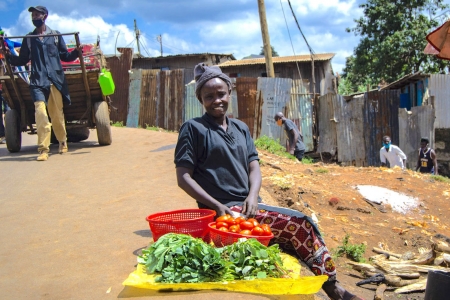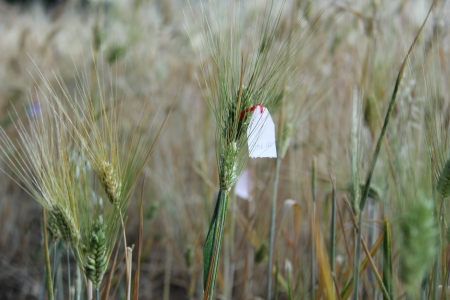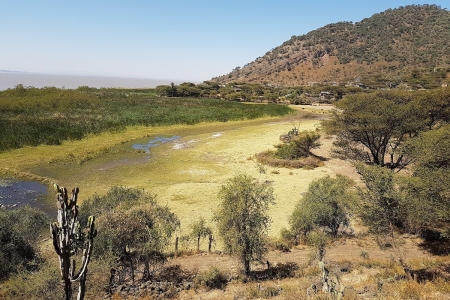Recent estimates show that one third of the world’s land and water resources are highly or moderately degraded. Global economic losses from land degradation can be as high as USD $10.6 trillion annually. These statistics indicate a need for avoiding future land degradation while also working to restore land that has already been degraded. The Sustainable Development Goals recognized this need and adopted the global initiative to achieve land degradation neutrality by 2030.
A study done by the International Center for Tropical Agriculture (CIAT), Swedish University of Agricultural Sciences (SLU) and partners works to understand the best approaches to develop Land Degradation Neutrality (LDN) soil organic carbon (SOC) stock baseline maps. The resultant maps were created by comparing different digital soil mapping (DSM) methods and sampling densities in one case study location, Otjozondijupa, Namibia. Each approach was evaluated in regards to the complexity, cost and map accuracy.
The resultant lessons learned provide valuable insight for government departments that are responsible for developing land degradation baselines. The following observations and recommendations provide a guide for planning land degradation neutrality soil organic carbon stock baseline mapping:
- Taking a few local soil samples (e.g., 20) is necessary to assess the local accuracy of the large-scale map. The soil samples can also be used to alleviate local bias of the large scale map.
- Taking more local samples further improves the map accuracy. The improvement will generally be smaller for each additional sample taken.
- Using relevant environmental covariates will most likely improve the baseline SOC stock map. A relatively larger improvement in accuracy can be expected when soil sampling densities are used.
- Taking accessibility into account when designing the sampling can considerably save costs and labor in some areas.
To read more about these recommendations and guidelines, see the publication below:

